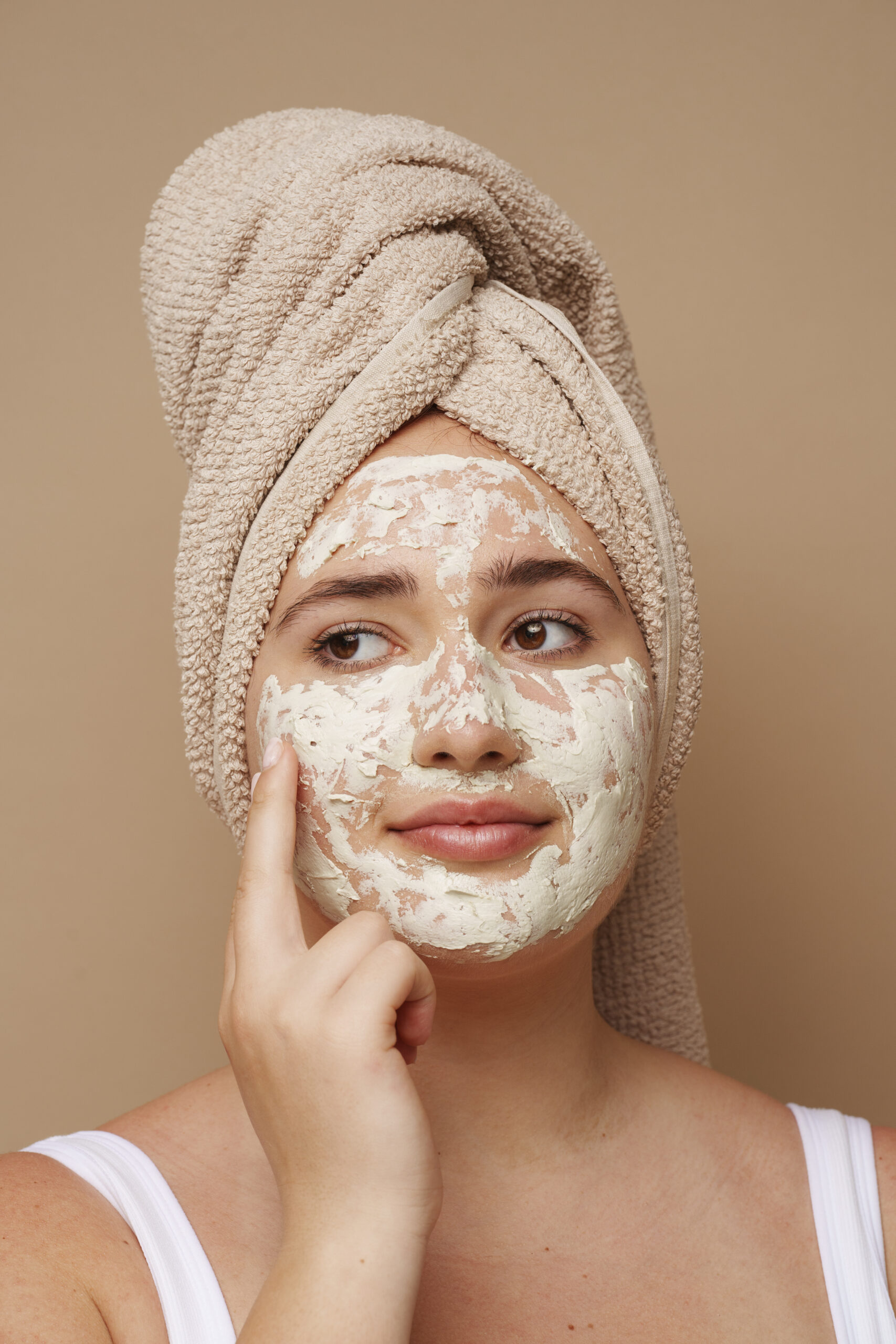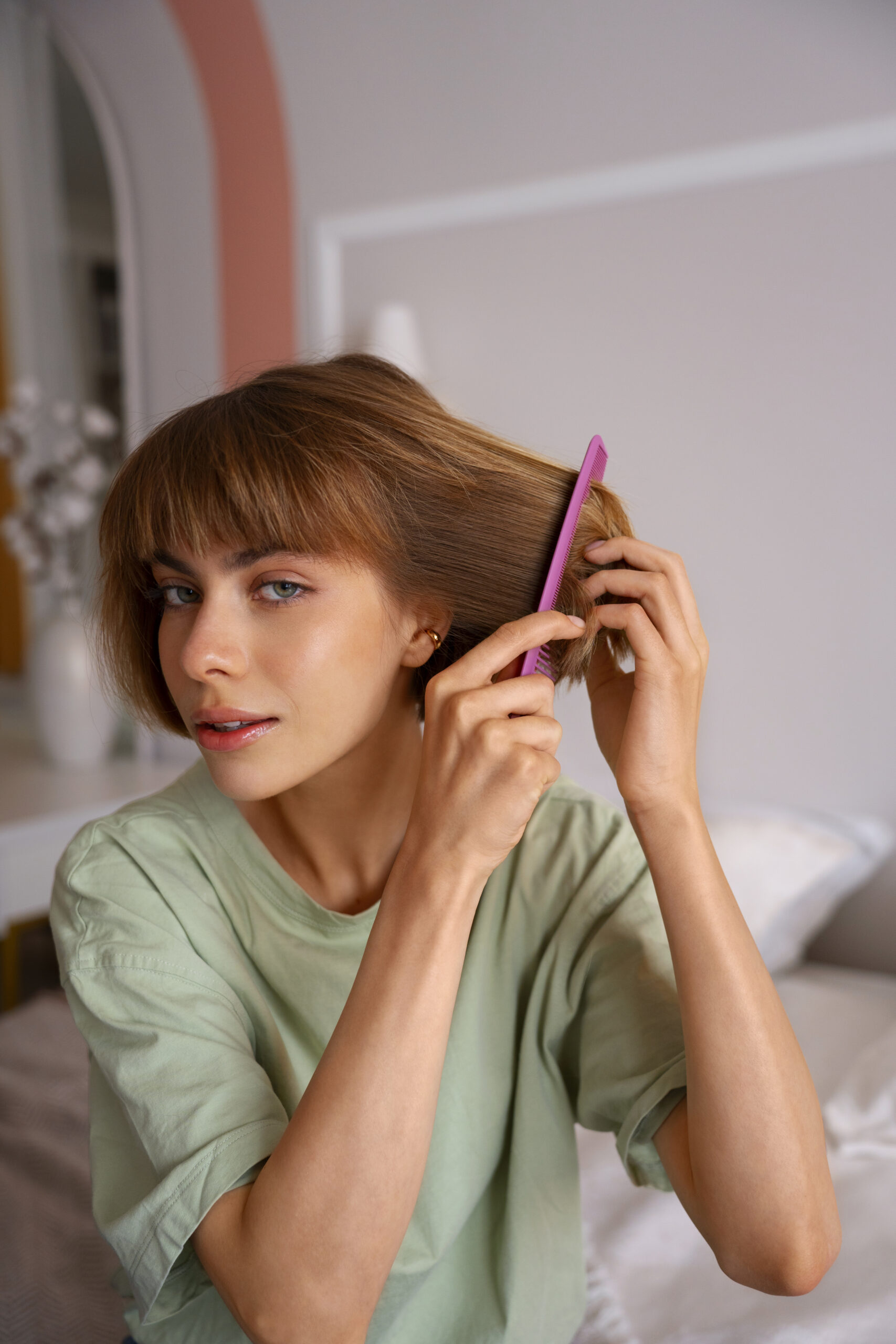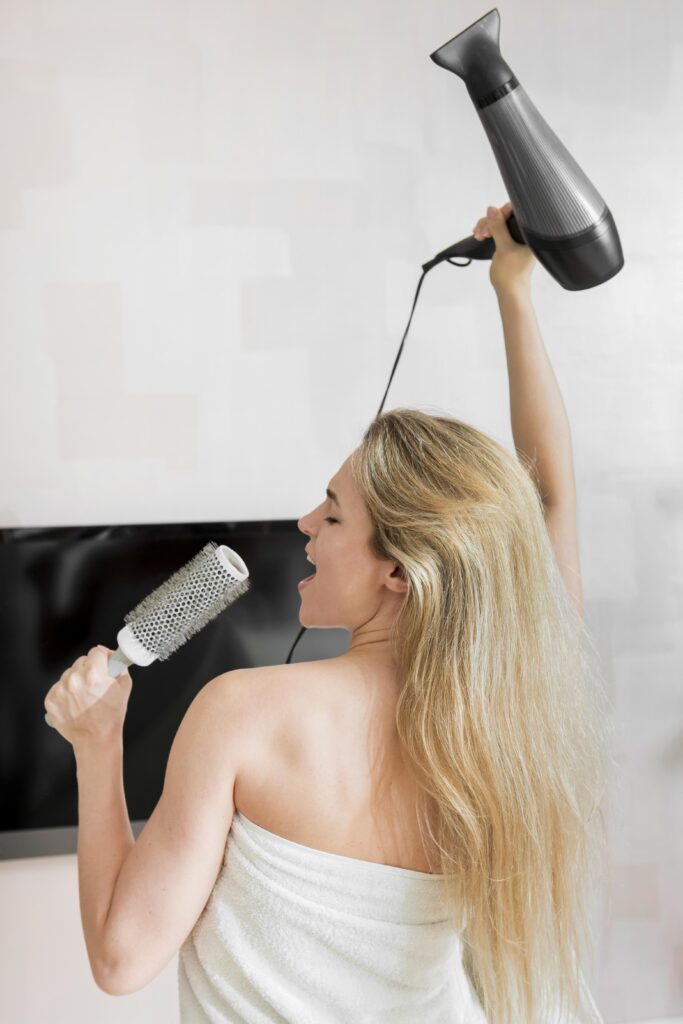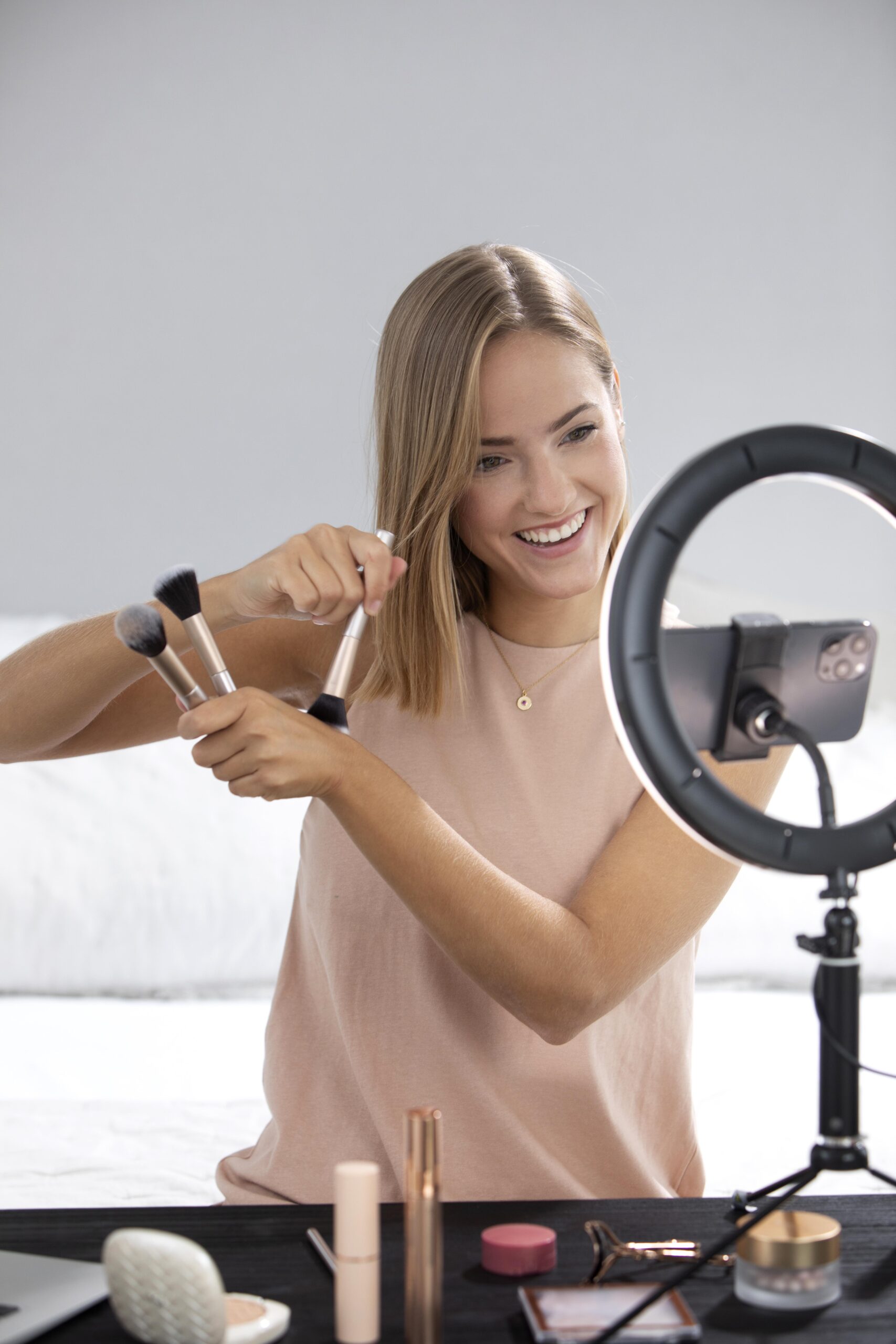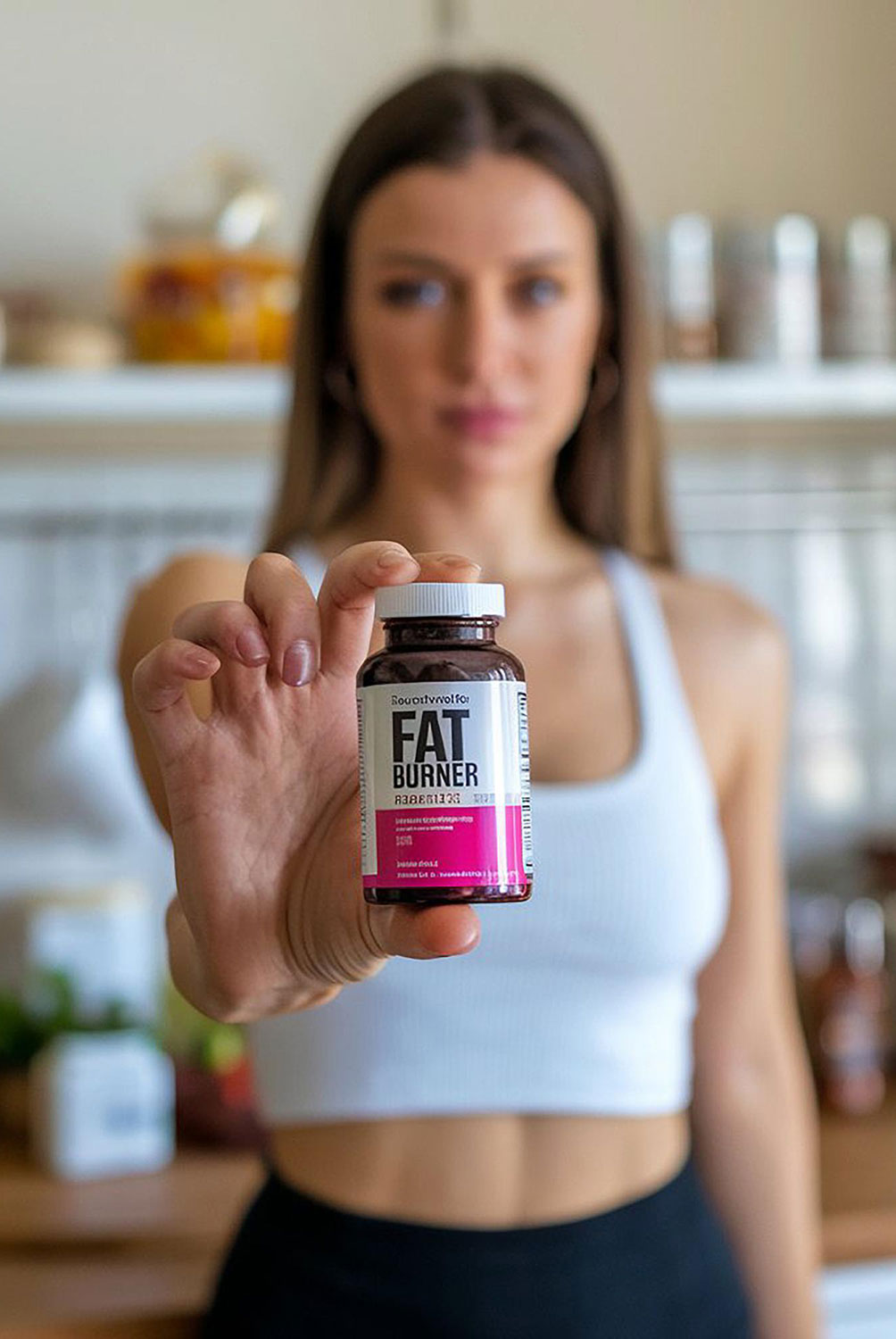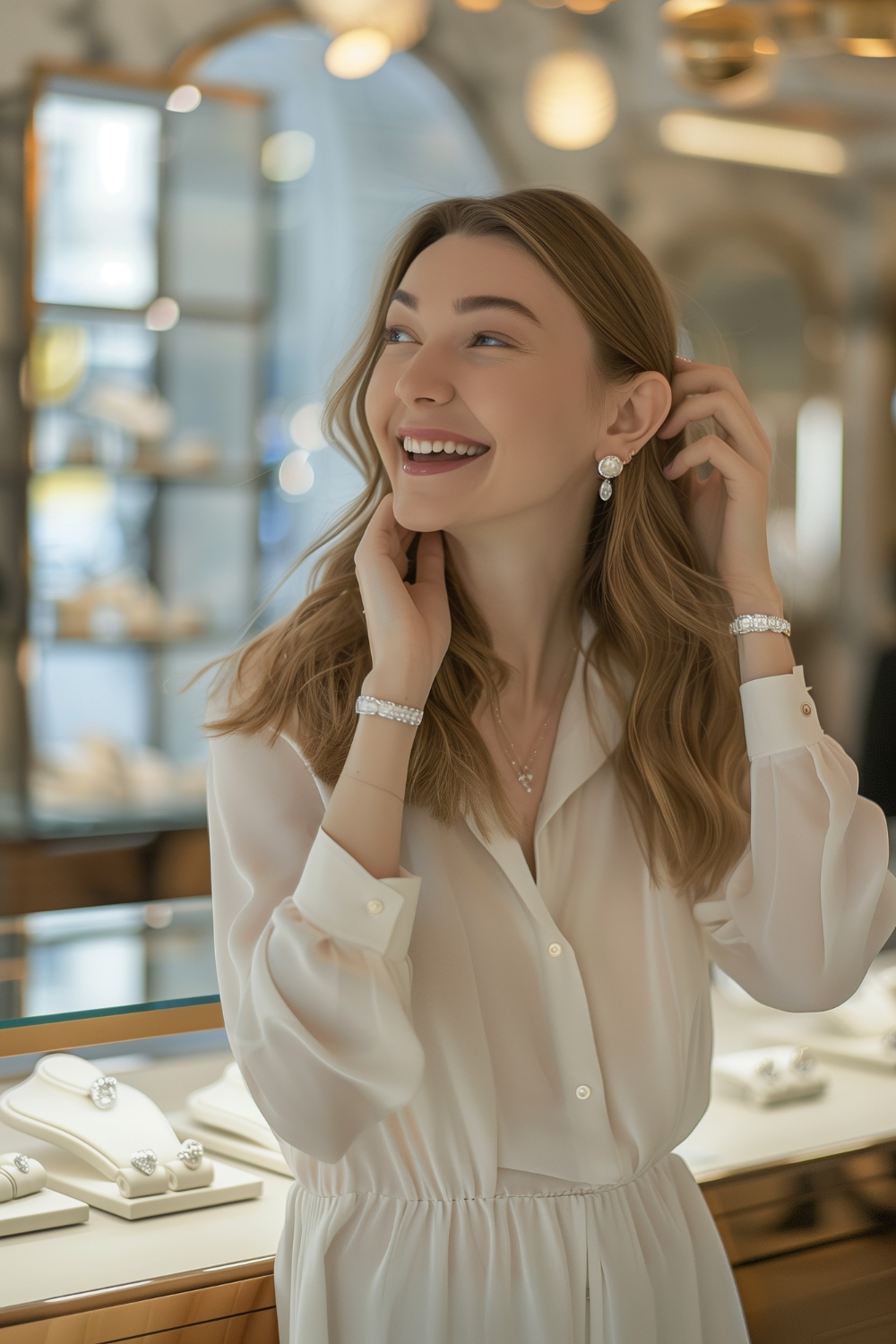Types of Sanitary Pads and the Best Type for Each Woman
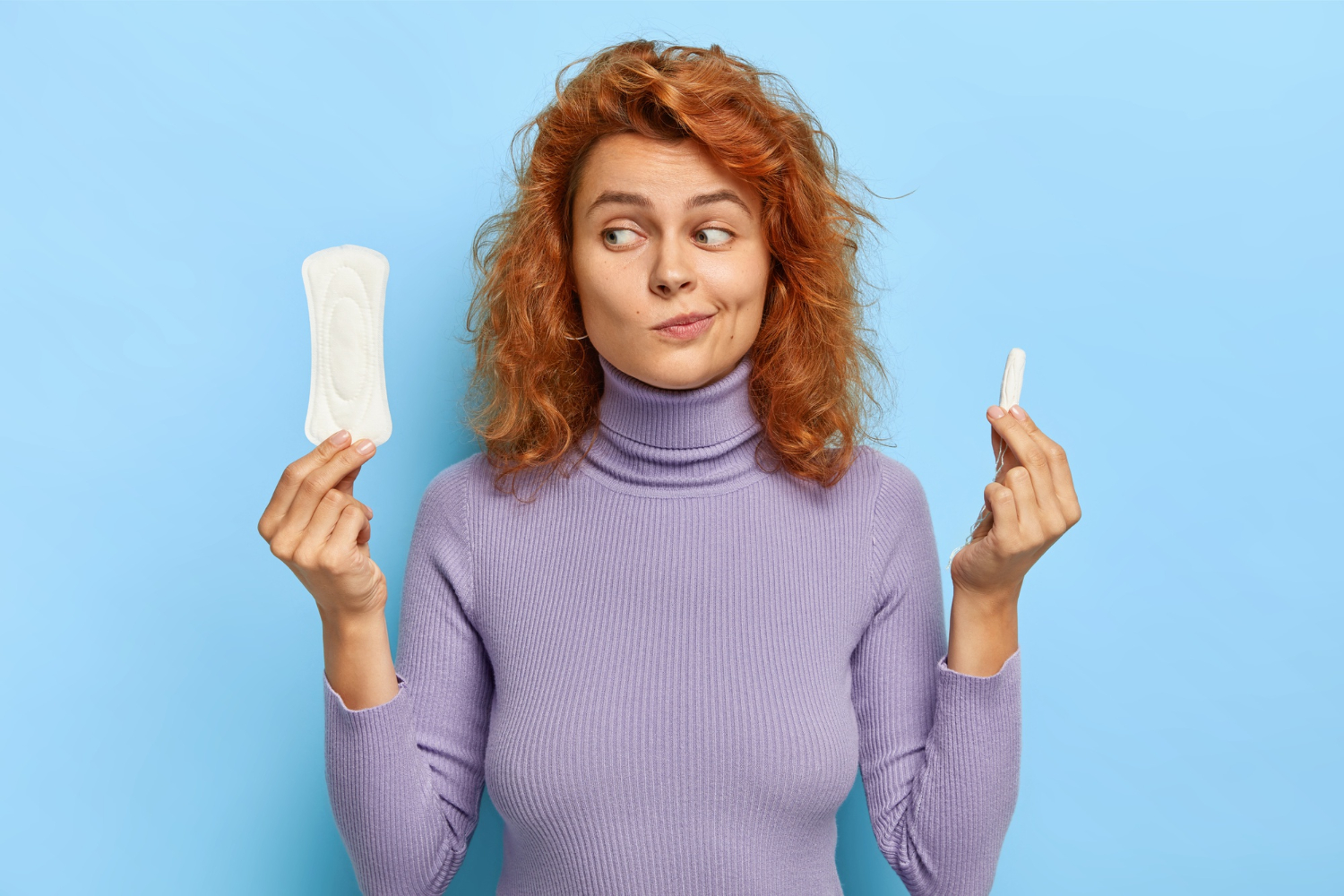
Types of Sanitary Pads and the Best Type for Each Woman
Table of Contents
Navigating the world of menstrual care can sometimes feel overwhelming. From the first period to postpartum bleeding and beyond, every woman experiences a unique menstrual journey. For many, sanitary pads remain a primary and accessible choice for managing their flow, providing comfort and reliable protection throughout their cycle.
However, the term “sanitary pad” itself encompasses a vast array of designs, sizes, absorbencies, and materials, each crafted to meet specific needs. Understanding the diverse types of sanitary pads available is key to making informed choices that not only ensure comfort and prevent leaks but also align with individual preferences, body types, and even environmental values.
This comprehensive guide will meticulously explore the various types of sanitary pads, their unique features, and most importantly, help you determine the best type for each woman based on her unique flow, lifestyle, and priorities.
We’ll delve into the science behind these essential feminine hygiene products, offer practical tips for optimal use, and introduce you to some well regarded product examples to empower you to confidently navigate your menstrual cycle with maximum comfort and confidence, all while maintaining an engaging and accessible tone without the interruption of unnecessary hyphenation in our exploration of perfect period protection. Prepare to unlock the secrets to a more comfortable and confident period by discovering the ideal sanitary pad for your every need.
The Anatomy of a Sanitary Pad: Deconstructing Menstrual Protection
Before diving into the myriad types, let’s first understand the fundamental structure of a typical disposable sanitary pad. While designs vary, the core components remain consistent, ensuring effective absorption and leak prevention.
- Top Sheet (Cover Layer): This is the layer that comes into direct contact with your skin. It’s designed to be soft, comfortable, and to quickly wick away moisture from the surface, leaving you feeling dry. Common materials include perforated plastic films or soft, cotton-like nonwoven fabrics. For sensitive skin, cotton-based top sheets are often preferred.
- Absorbent Core: This is the heart of the pad where the menstrual fluid is absorbed and locked away. Historically, it was made of cellulose pulp (wood pulp). Modern pads often incorporate super absorbent polymers (SAPs), which are tiny beads that can absorb hundreds of times their weight in liquid, transforming it into a gel. This allows for thinner yet highly absorbent pads.
- Distribution Layer (Optional but Common): Located just beneath the top sheet, this layer helps to quickly spread the liquid across the absorbent core, preventing pooling and ensuring even absorption.
- Back Sheet (Leak Proof Barrier): This is the bottom layer of the pad, usually made of a waterproof plastic film to prevent absorbed liquid from leaking through to your underwear. It often has a breathable quality to allow for air circulation.
- Adhesive Strips: These are lines of glue on the back sheet that secure the pad to your underwear, preventing it from shifting during wear.
- Wings (Optional but Common): These are flaps that extend from the sides of the pad and fold over the edges of your underwear, providing extra security against side leaks and keeping the pad firmly in place, especially during movement.
A Spectrum of Protection: Exploring Diverse Types of Sanitary Pads
The market offers a remarkable variety of sanitary pads, each tailored for specific needs and preferences. Understanding these categories is the first step to finding your ideal match.
-
Panty Liners:
- Description: These are the thinnest and smallest of sanitary pads, designed for very light absorption. They’re typically discreet and flexible.
- Best for: Daily vaginal discharge, spotting, very light flow days at the beginning or end of a period, or as an extra layer of protection when using tampons or menstrual cups for backup. They’re not intended for heavy flow.
- Product Examples:
- Always Dailies Liners: Widely available, these come in various thinness levels and often offer options like breathable or scented versions for daily freshness. They’re known for their discreet fit.
- Kotex Lightdays Liners: Another popular choice, known for their soft, breathable feel and comfortable fit for everyday use or very light flow days.
-
Regular Flow Pads:
- Description: These are standard sized pads designed for average or moderate menstrual flow. They strike a balance between absorbency and discreetness.
- Best for: Your typical period days when your flow is neither too light nor too heavy. They’re suitable for daytime use and common daily activities.
- Product Examples:
- Always Maxi Regular Pads: A classic choice, known for their comfortable thickness and reliable absorption for moderate flow. They often come with or without wings.
- Stayfree Regular Pads: These pads focus on comfort with a soft cover and reliable absorbency for everyday moderate flow protection.
-
Heavy Flow / Overnight Pads:
- Description: These pads are noticeably longer, wider, and significantly more absorbent than regular pads. They often feature a wider back for extended coverage, especially when lying down, and usually come with wings for extra security.
- Best for: Your heaviest flow days, particularly the first few days of your period, and essential for overnight protection to prevent leaks while sleeping. The extended length and increased absorbency provide peace of mind.
- Product Examples:
- Always Overnight Maxi Pads (Size 4 or 5): These are designed for maximum protection during the night or for very heavy daytime flow, featuring a wider back and enhanced absorbency.
- Kotex Maxi Overnight Pads: Known for their robust absorption and secure fit during heavy flow, ensuring leak free nights.
-
Ultra Thin Pads:
- Description: These pads leverage advanced absorbent core technology (SAPs) to provide high absorbency in a significantly thinner profile. They’re designed for discretion and comfort.
- Best for: Individuals who want reliable protection without the bulkiness of traditional pads. They’re available in light, regular, and heavy absorbencies, making them versatile for various flow days when discreetness is important.
- Product Examples:
- Always Ultra Thin Pads: These are very popular for their thinness and flexibility while still offering strong leak protection. They come in various absorbencies.
- Stayfree Ultra Thin Pads: Similar to Always Ultra Thins, these focus on comfortable, discreet protection with good absorbency for different flow levels.
-
Maternity Pads:
- Description: Specifically designed for postpartum bleeding (lochia), which can be significantly heavier than a regular period. These pads are extra long, extra wide, and highly absorbent, often with a soft, non-irritating surface for sensitive postpartum skin. They typically don’t have wings as they’re meant to be worn with mesh underwear or large, comfortable briefs.
- Best for: New mothers in the days and weeks following childbirth. They’re essential for managing lochia, which gradually lessens over time.
- Product Examples:
- Frida Mom Perineal Ice Pack Maxi Pads: These innovative pads combine super absorbency for lochia with an instant cooling effect for perineal relief after vaginal delivery.
- Lansinoh Postpartum Pads: Designed for postpartum use, these pads are highly absorbent and soft, focusing on comfort and leak protection for new mothers.
-
Organic / Natural Pads:
- Description: Made from natural materials, often 100% organic cotton, free from chlorine bleaching, dyes, fragrances, and harsh chemicals. They’re designed to be gentler on sensitive skin and are often biodegradable or more environmentally friendly.
- Best for: Individuals with sensitive skin, allergies, or those who prefer to minimize exposure to synthetic materials and chemicals. Also a choice for environmentally conscious consumers.
- Product Examples:
- Rael Organic Cotton Pads: These pads feature a 100% organic cotton cover and core, are chlorine free, fragrance free, and hypoallergenic, offering a very comfortable and natural experience.
- Cora Organic Cotton Pads: Known for their commitment to organic materials and a charitable mission, Cora pads are made with certified organic cotton, offering reliable protection without dyes or fragrances.
-
Reusable Cloth Pads:
- Description: These are washable fabric pads made from layers of absorbent materials like cotton, bamboo, or hemp, often with a waterproof backing. They come with snaps on the wings to secure them around underwear.
- Best for: Environmentally conscious individuals looking for a zero waste option, those with extreme skin sensitivities who react to disposable materials, and those seeking long term cost savings. They require washing and drying after use.
- Product Examples:
- Hannahpad: A popular brand offering a range of reusable cloth pads in various sizes and absorbencies, made from certified organic cotton with a waterproof layer. They’re known for their durability and comfort.
- GladRags: One of the original brands in reusable cloth pads, GladRags offer a variety of styles, including inserts for adjustable absorbency, providing a customizable and eco friendly option.
Factors Guiding Your Choice: The Best Type for Each Woman
Determining the “best” sanitary pad is a highly personal decision, influenced by several key factors. What works perfectly for one woman may not be ideal for another.
-
Flow Intensity: This is perhaps the most crucial factor.
- Light Flow: Panty liners or ultra thin light pads.
- Moderate Flow: Regular pads or ultra thin regular pads.
- Heavy Flow: Heavy flow or overnight pads, ultra thin heavy pads.
- Very Heavy/Postpartum: Overnight pads or specialized maternity pads.
-
Activity Level:
- Active Lifestyles (Sports, Exercise): Pads with strong wings and a flexible design (like ultra thin pads) are often preferred to stay securely in place and prevent chafing. Some brands even offer “sport” specific pads.
- Daily Routine: Most regular or ultra thin pads are suitable.
-
Skin Sensitivity:
- Prone to Irritation, Rashes, or Allergies: Opt for pads made with 100% organic cotton, unscented, and free from dyes, chlorine, and other harsh chemicals. Reusable cloth pads are also an excellent option as they are made from natural fabrics.
-
Personal Preference for Comfort and Discreetness:
- Discreetness: Ultra thin pads are ideal for wearing under tighter clothing.
- Feel: Some prefer the thicker cushion of a maxi pad, while others prefer the barely there feel of an ultra thin. The top sheet material (cottony vs dry weave) also impacts comfort.
- Wings vs No Wings: Wings offer extra security against leaks, but some women find them uncomfortable or unnecessary.
-
Environmental Concerns:
- Reducing Waste: Reusable cloth pads are the most sustainable option.
- Biodegradability: Organic disposable pads often have a higher biodegradability than conventional plastic laden pads.
-
Body Shape and Size:
- Coverage: Longer pads offer more front to back coverage, which is beneficial for taller individuals or those who move a lot during sleep. Wider backs are crucial for preventing leaks when lying down.
-
Age / Life Stage:
- Teenagers: May prefer smaller, more discreet options or ones designed specifically for younger bodies.
- Adults: A wide range of options based on flow and lifestyle.
- Postpartum: Specialized maternity pads are necessary due to the heavy and prolonged bleeding (lochia).
Matching the Pad to the Period: Finding Your Personal Best
Let’s put it all together to illustrate how to choose the right pad for various scenarios.
- For Your Lightest Days or Just Spotting: Reach for Panty Liners. They provide just enough protection without feeling bulky.
- For Your Average Daytime Flow: A Regular Flow Pad or Ultra Thin Regular Pad will likely be your go to. If you are active, consider one with reliable wings.
- For Your Heaviest Daytime Flow: Switch to a Heavy Flow Pad or Ultra Thin Heavy Pad. Ensure it has wings for extra side protection.
- For Overnight Protection: An Overnight Pad is essential. These are typically longer and wider with maximum absorbency to prevent leaks no matter how you move in your sleep.
- Immediately After Childbirth: Maternity Pads are nonnegotiable. Their extreme absorbency and gentle surface are designed for postpartum lochia.
- If You Have Sensitive Skin or Concerns about Chemicals: Prioritize Organic/Natural Pads that are fragrance free and chlorine free. Reusable Cloth Pads are also an excellent hypoallergenic choice.
- For Discretion Under Clothing: Ultra Thin Pads across all absorbency levels offer powerful protection in a barely noticeable design.
- If You’re Eco Conscious: Invest in a collection of Reusable Cloth Pads, which are a sustainable, long-term solution. Complement with organic disposables for convenience when needed.
- For an Active Lifestyle: Look for Ultra Thin Pads with Strong Wings that are designed to stay put and prevent bunching or shifting during movement.
Beyond the Pad: Complementary Menstrual Products for Holistic Care
While this guide focuses on sanitary pads, it’s worth mentioning that a complete approach to menstrual care may involve other products. Many women use a combination of methods depending on their flow and activities.
- Tampons: Inserted internally, offering discreet protection, especially good for swimming or certain sports.
- Menstrual Cups: Reusable silicone or rubber cups inserted internally, offering long lasting protection and an eco friendly alternative.
- Period Underwear: Specialized absorbent underwear that can be worn alone on light to moderate days or as backup with other products.
- Menstrual Discs: Similar to cups, but disposable and sit higher in the vaginal fornix.
Troubleshooting and Tips: Maximizing Comfort and Preventing Leaks
Even with the right pad, effective use is crucial for comfort and leak prevention.
- Change Regularly: Regardless of absorbency, pads should be changed every 3 to 5 hours or more frequently on heavy flow days to maintain hygiene, prevent odor, and reduce the risk of irritation.
- Proper Placement: Position the pad so it covers the area where your flow is heaviest, typically a bit further back than you might initially think, especially for overnight pads. The adhesive should secure firmly to your underwear.
- Dealing with Wings: If your pad has wings, ensure they wrap snugly around the underside of your underwear. If they feel uncomfortable or bunch, try a wingless pad or a different brand.
- Dispose Responsibly: Always wrap used disposable pads in their wrapper or toilet paper and dispose of them in a trash can. Never flush them down the toilet as they can cause plumbing blockages.
- Storage: Keep pads in a cool, dry place away from direct sunlight to maintain their integrity.
Conclusion: Empowered Choices for Every Cycle Your Journey to Menstrual Confidence
The world of sanitary pads is incredibly diverse, offering a tailored solution for virtually every need, flow type, and preference. From ultrathin liners for daily freshness to super absorbent overnight pads for heavy flow and specialized maternity pads for postpartum recovery, there is a perfect pad waiting for every woman. By understanding the different types of sanitary pads, their unique features, and the factors that influence your personal comfort and protection, you are empowered to make informed choices that truly cater to your individual menstrual journey.
Remember, the “best type for each woman” is not a universal standard, but rather a highly personal discovery. Embrace the variety, explore what feels most comfortable and secure for your body and your lifestyle, and step into every cycle with confidence and comfort without the slightest hint of hyphenated hesitation in your stride towards complete menstrual well being.
Types of Sanitary Pads and the Best Type for Each Woman (FAQ)
Q: How often should I change my sanitary pad?
A: It’s generally recommended to change your sanitary pad every 3 to 5 hours. On heavy flow days, you might need to change it more frequently. Changing regularly helps maintain hygiene and prevents leaks.
Q: Are ultra thin pads as absorbent as maxi pads?
A: Yes, ultra thin pads can be just as absorbent as maxi pads. They achieve this by using super absorbent polymers (SAPs) in their core, which absorb and lock away liquid efficiently, allowing for a thinner profile.
Q: Can I use a regular pad for overnight protection?
A: While a regular pad might suffice for very light overnight flow, it’s highly recommended to use an overnight pad for most periods. Overnight pads are longer, wider, and more absorbent, specifically designed to prevent leaks while you are lying down and moving in your sleep.
Q: Are organic sanitary pads truly better for sensitive skin?
A: Many individuals with sensitive skin find organic sanitary pads to be gentler. This is because they’re typically made from 100% organic cotton and are free from chlorine bleaching, dyes, fragrances, and synthetic materials that can sometimes cause irritation or allergic reactions.
Q: How do reusable cloth pads work and are they hygienic?
A: Reusable cloth pads are made of absorbent fabric layers (like cotton, bamboo, or hemp) with a waterproof backing and snaps to secure them to your underwear. They are hygienic when properly cared for. After use, they should be rinsed in cold water and then washed with your regular laundry using a gentle detergent. They are a safe and eco-friendly alternative.
Q: What is the main difference between a panty liner and a regular pad?
A: The main difference is absorbency and thickness. Panty liners are very thin and designed for light discharge or spotting, while regular pads are thicker and more absorbent, designed for moderate menstrual flow.
Q: Can menopausal women use sanitary pads?
A: Yes, absolutely. Menopausal women may experience irregular bleeding or spotting, and panty liners or light flow pads can be very useful for managing this.
Q: What if I experience leaks even with the right absorbency pad?
A: Check if the pad is positioned correctly. Ensure it’s not shifting. You might need a longer pad, a wider pad (especially at the back for overnight), or a pad with better wings. Also consider if you are changing it frequently enough. If leaks persist despite trying different pads and frequent changes, consult a healthcare professional.
Q: Are scented pads safe to use?
A: While scented pads are designed to mask odors, some individuals find that the fragrances can cause irritation, itching, or allergic reactions, especially for those with sensitive skin. If you experience any discomfort, it’s best to switch to unscented pads.
Q: How do I choose the right size pad for my body?
A: Most brands offer pads in various lengths, indicated by numbers (e.g., Always pads use sizes 1-5). Longer pads provide more coverage for taller individuals or those who need extra protection. It’s often a matter of personal preference and what feels most comfortable and secure for your body shape.
Item #1
Lorem ipsum dolor sit amet, consectetur adipiscing elit. Ut elit tellus, luctus nec ullamcorper mattis, pulvinar dapibus leo.
Item #2
Lorem ipsum dolor sit amet, consectetur adipiscing elit. Ut elit tellus, luctus nec ullamcorper mattis, pulvinar dapibus leo.
Item #3
Lorem ipsum dolor sit amet, consectetur adipiscing elit. Ut elit tellus, luctus nec ullamcorper mattis, pulvinar dapibus leo.
Lorem ipsum dolor sit amet, consectetur adipiscing elit. Ut elit tellus, luctus nec ullamcorper mattis, pulvinar dapibus leo.
Lorem ipsum dolor sit amet, consectetur adipiscing elit. Ut elit tellus, luctus nec ullamcorper mattis, pulvinar dapibus leo.
Lorem ipsum dolor sit amet, consectetur adipiscing elit. Ut elit tellus, luctus nec ullamcorper mattis, pulvinar dapibus leo.



